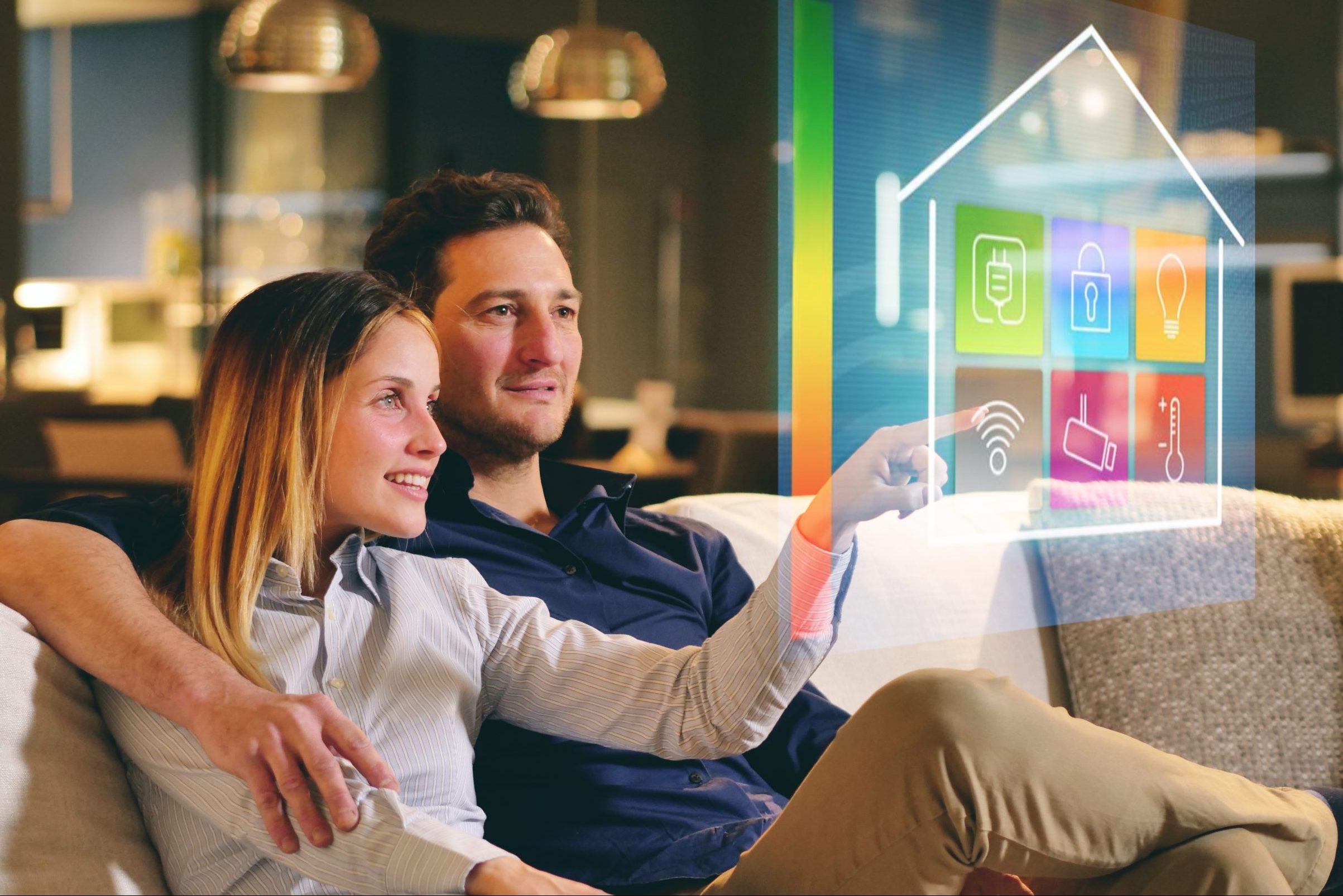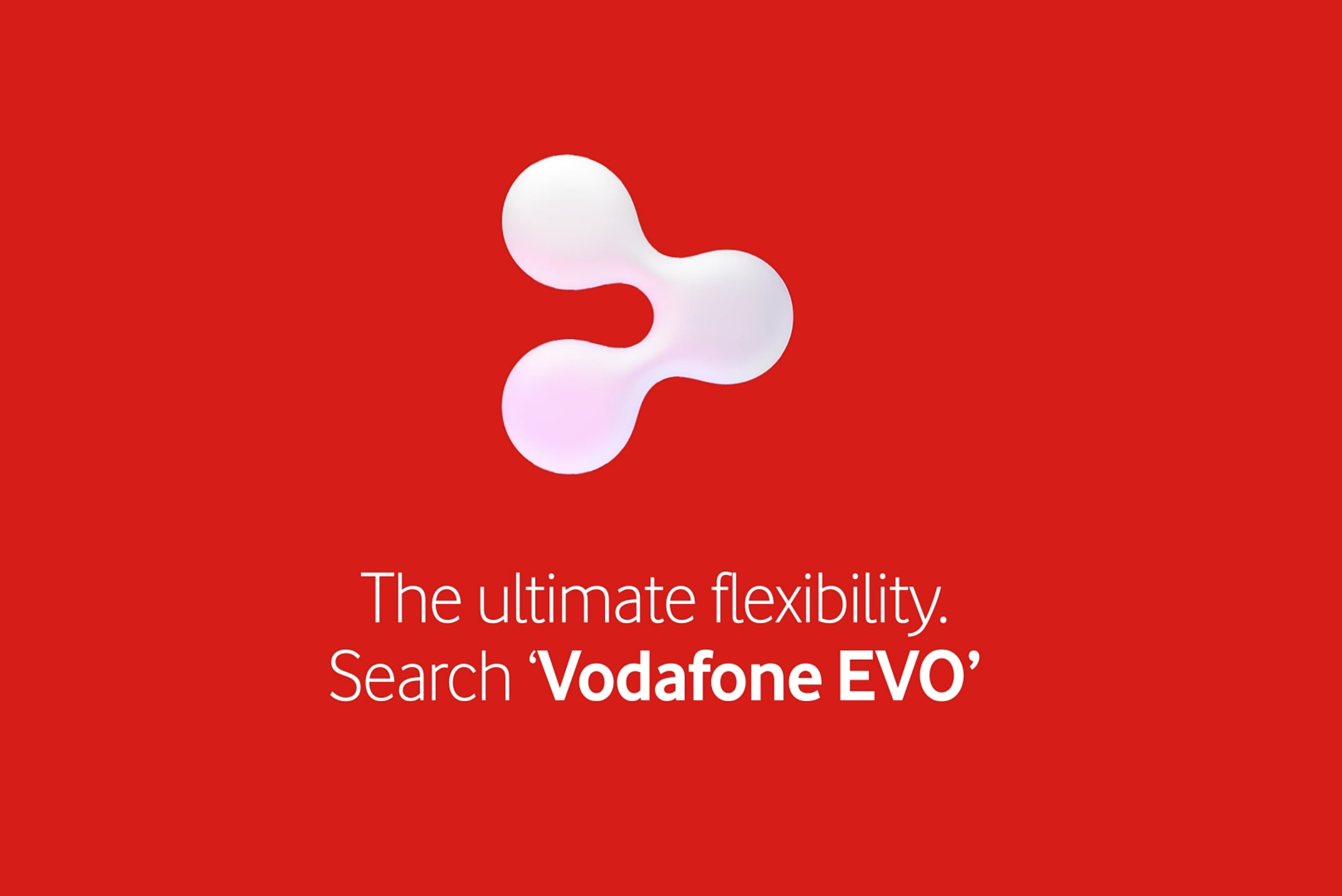
Smart home kit can not only help the environment, but also boost your home's energy efficiency while adding futuristic, convenient features.
Keeping a typical family home cosy and warm, with hot water on tap and a range of appliances and devices powered up and ready for action, takes a lot of energy. Especially during the colder, darker months.
So, it should come as no surprise that close to a quarter (22%) of the UK’s carbon emissions come from our homes, according to the Energy Saving Trust.
With energy prices rocketing, and climate change disrupting weather patterns around the world, making your home more energy efficient is the smart move. Here’s how to use the latest tech to cut your household emissions – and your bills.
Smart thermostats
Smart thermostats connect your heating system to the internet so you can control it remotely using your smartphone – or a virtual assistant such as Alexa or Siri – whether you’re at home or not.
This is useful for situations such as switching your heating off while you’re on holiday or when you’ve accidentally left it on when you’re out and about. Some models, such as those from Nest, can learn your preferences and routine, automatically turning the heating on and off as needed.
You can compare your usage data to those of your neighbours. This may be a potential indicator that you need to increase the amount of insulation in your home, perhaps, or that you could reduce your chosen temperature by a degree without noticing much difference, thereby reducing costs.
Some smart thermostats, such as the Honeywell Evohome, can adjust the temperature in each individual room – although this would need smart valves on the radiators in each room which adds to the expense. The Evohome can even work with underfloor heating.
Many smart thermostats, such as the Hive Thermostat, can form the basis of your entire smart home – Hive also offers a range of home security cameras, smart lights, and smart plugs, all of which can be controlled via the Hive app.
Smart lighting
If you are looking for a way to make your home more energy efficient while also having some fun, smart long-life light bulbs such as Philips Hue are a great place to start.
They are easy to install as you simply screw them in place of your existing bulbs. With LED table and floor lamps, indoor and outdoor wall lights, ceiling pendants, and light strips in a variety of colours and effects, they can be atmospheric as well as efficient.
Thanks to a link up with Spotify, you can even enjoy a light system that syncs with the music you’re playing at the time.
Hue bulbs are controlled through Bluetooth when you’re nearby. If you want to control them when you’re away from home, you’ll need to invest in the Hue Bridge.
Smart plugs
Smart plugs are a simple and cost-effective way to save energy while automating your home.
The Eve Energy smart plug, for example, monitors the energy usage of any device plugged into it and can even provide estimates on how much powering certain devices will cost – making it easy to be greener and save money to boot. You’ll soon learn not to overfill that kettle when making a single cup of tea!
Comparison website Confused.com says leaving our appliances on standby costs UK households more than £230m a year. Let’s face it, how many of us bother to switch off our TVs and set-top boxes at the plug overnight? But to avoid wasting money like this, look no further than Bye Bye Standby.
This simple smart socket enables you to cut power to electrical devices that are in standby mode. Just plug it into the wall and you can control up to four electrical devices via remote control.
Solar power
If you’re serious about reducing your household’s energy consumption, you could also consider installing green energy generation tech such as solar panels.
Although the costs have come down significantly over the last decade, they can still be quite expensive – expect to pay up to £8,000 to fit solar panels capable of powering a detached family home. But as they can potentially provide all the electricity your home needs, you should have no problem making your money back over time in savings on your energy bills.
Once you are generating energy with your solar panels, you can also benefit from the government’s Smart Export Guarantee (SEG), introduced in 2019 to replace the feed-in tariff scheme (which only existing members can still use).
Like the feed-in tariff scheme, it allows solar panel owners to export surplus electricity back to the national grid and be paid for it at a pre-determined rate.
Other, less costly ways to harness the power of the sun include buying a portable solar charger that can be used at home or on the go to power essential devices such as your phone. Options worth looking at include the Big Blue solar charger and the 21W Anker PowerPort.
It’s worth bearing in mind that these kinds of solar chargers tend to be less efficient than household panels, so you’d need several hours of direct, unobstructed sunlight outdoors to charge a typical smartphone.
Stay up-to-date with the latest news from Vodafone by following us on Twitter and signing up for News Centre website notifications.

![mother with daughter with smartphone in snowy weather [Adobe Stock] stock photo of a mother outside in snowy weather with her daughter while using a smartphone](https://www.vodafone.co.uk/newscentre/app/uploads/2024/02/mother-with-daughter-with-smartphone-in-snowy-weather-Adobe-Stock.jpg)


![1-Happy teenage girl in headphonesm playing games[Adobe Stock] stock image of a teenage girl playing games on a PC while another teenage girl in the background plays games on a smartphone](https://www.vodafone.co.uk/newscentre/app/uploads/2023/12/1-Happy-teenage-girl-in-headphonesm-playing-gamesAdobe-Stock.jpg)




